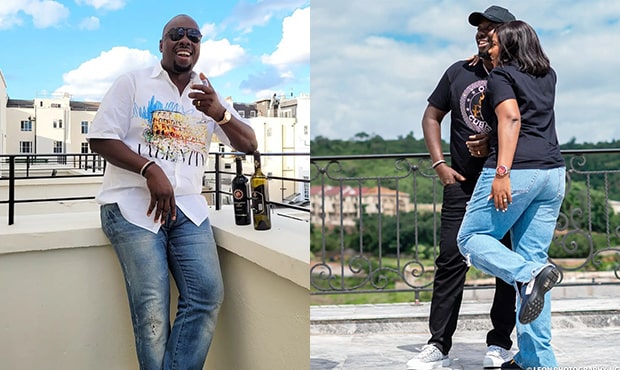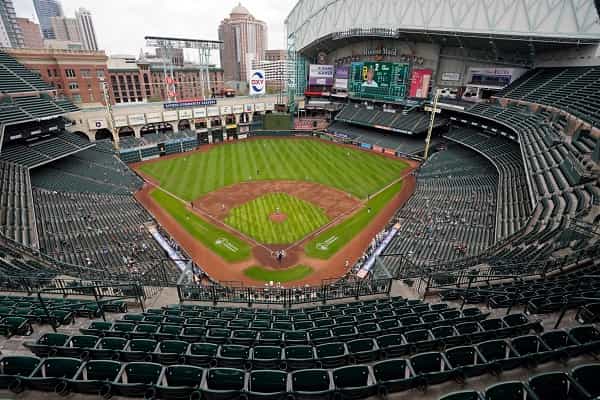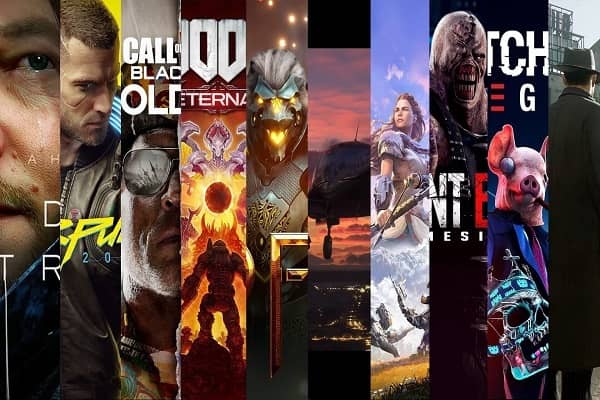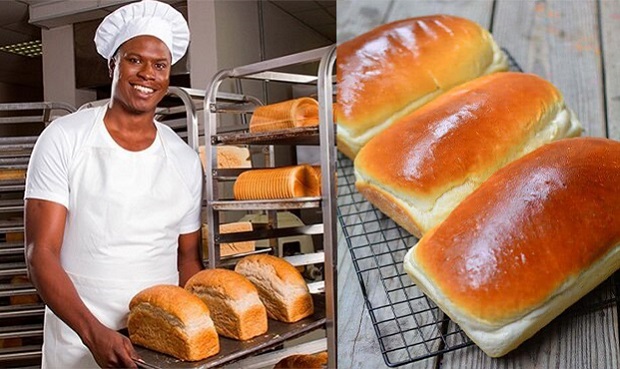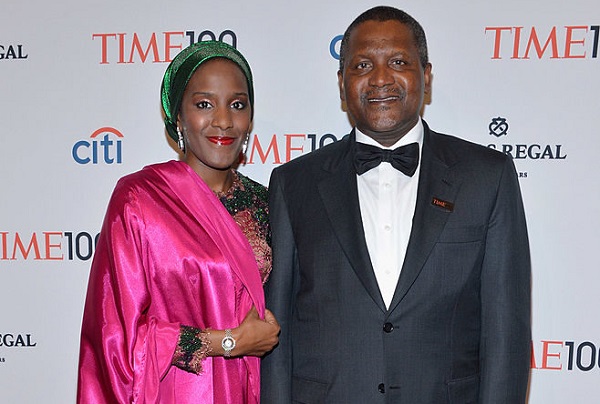The 10 Most Valuable Consumer Brands In The World
What are the most valuable consumer brands in the world? The mega brands ranked as the 100 most successful in the world in 2017, for 14 percent of the consumption of mass products with high turnover in the world: more than 4.4 billion dollars in sales.
This is stated in the latest report prepared by the consultancy, and released this week. The industries included in the report are: packaged food, soft drinks, beauty and personal care products, consumer health, paper and hygiene products, home care, hot drinks and pet care.
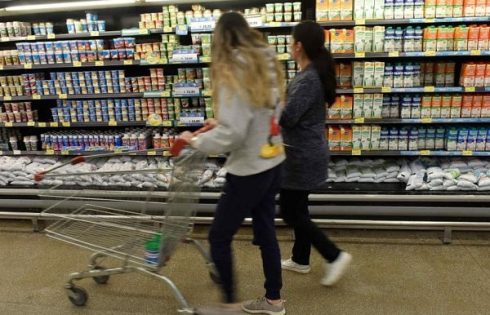
10 Most Valuable Consumer Brands In The World
The 10 most valuable in descending order are:
10) Huggies
The key markets for the diaper brand are North America, Latin America and Asia-Pacific. In 2017, it posted global sales of $10 – 15 billion.
Due to declining birth rates and other factors, Huggies announced in 2012 that its brand would be discontinued in most European countries except Italy. From there, then began betting on emerging markets. Brazil and China are two strategic countries in their growth.
Read Also: How To Change Your Chase Bank Username: Step-by-step
9) Nivea
Nivea is the most important brand of the German company Beiersdorf: it contributes 86 percent of its sales in beauty and personal care. It is the global leader in skin and sun care, with sales of between $10 and $15 billion in 2017.
Its markets are Eastern Europe and Latin America. In both, their sales decreased since 2014, in parallel with the advancement of premium labels (with better performance in general).
The best-positioned Latina in the Euromonitor global ranking belongs precisely to this segment: it is Natura, located in position 36.
8) Tide / Ariel
Tide / Ariel contributes 40 percent of the sales in this category to Procter & Gamble, the group that leads the market for home care products in the world.
The brand sold between $10 and $15 billion in 2017.
North America is its main market, and Asia-Pacific the second. In mature markets, the label has been earning benefits with innovation.
7) Pampers
It also belongs to Procter & Gamble. China is its second largest market after the United States, where it sells about twice as much as its main competitor, Huggies.
Its global sales were between 10 and 15 billion dollars in 2017.
In the long term, Pampers faces the challenge of declining birth rates in the United States. One notable launch in that market was a small diaper for premature babies. In 2017, it introduced it to the UK.
6) Red Bull
This brand created the global market for energizers. North America and Asia-Pacific are its main markets, with the United States and China leading sales.
The third largest market is Eastern Europe, where it has faced growing competition in recent years.
In the UK, its third country in sales, Red Bull faces criticism and looming consumer bans for children. A similar questioning is made in Germany.
It sold between 10 and 15 billion dollars in 2017 in the world.
5) L’Oréal Paris
It is the leading brand in sales of beauty and personal care products. Sales in China, the brand’s second-largest market after the United States, are projected to grow 40 percent by 2022.
There are 41 packaged food brands in the top 100 mega-brands, more than any other category. Beauty and personal care is in second place with 25 brands in the top 100. Non-alcoholic beverages are in third place, with 18 brands in the ranking.
4) Lay’s
It is the world’s leading packaged food brand. The United States led in sales with more than 6 billion in 2017, representing more than the sum of the next 20 most successful countries for Lay’s.
Its total sales were between $10 billion and $15 billion that year.
3) Nescafé
It is the world’s leading hot drink brand. Asia-Pacific accounted for a third of Nescafé’s total retail sales in 2017, and Japan was the main market.
Nescafé’s global slogan is “It all starts with a Nescafé”, and it focuses on winning consumers in emerging markets by having them taste coffee for the first time in many cases. India is an example.
2) Pepsi
The second largest brand in the global ranking and the second largest soft drink company in the world.
The United States is the main market for Pepsi, with $3.5 billion in sales in 2017.
Like other soda brands, Pepsi faces growing consumer concern and restrictive sugar legislation in both the “developed” and developing world.
Read Also: International Monetary Fund (IMF) – History, Purpose, Functions, Members
1) Coca-Cola
Despite the consumer habit-changing challenges it faces, Coca-Cola is by far the largest fast-moving consumer goods brand in the world.
During 2017, it registered global sales of between 35 billion and 45 billion dollars, a volume that is equivalent to the combined sales of the second, third and fourth companies in this ranking .
Latin America accounts for 40 percent of the company’s global sales and Mexico is the most important country for the brand.
Coca-Cola faces challenges despite its success. In recent years, it has been adapting its products to changes in consumer habits and the legal restrictions that apply to sugar.
The multinational is reformulating itself as a “global beverage company,” with an emphasis on tea, coffee, juices, seed-based beverages and water. In parallel, it has been withdrawing sugar from its main brands, betting on the “zero” versions.


